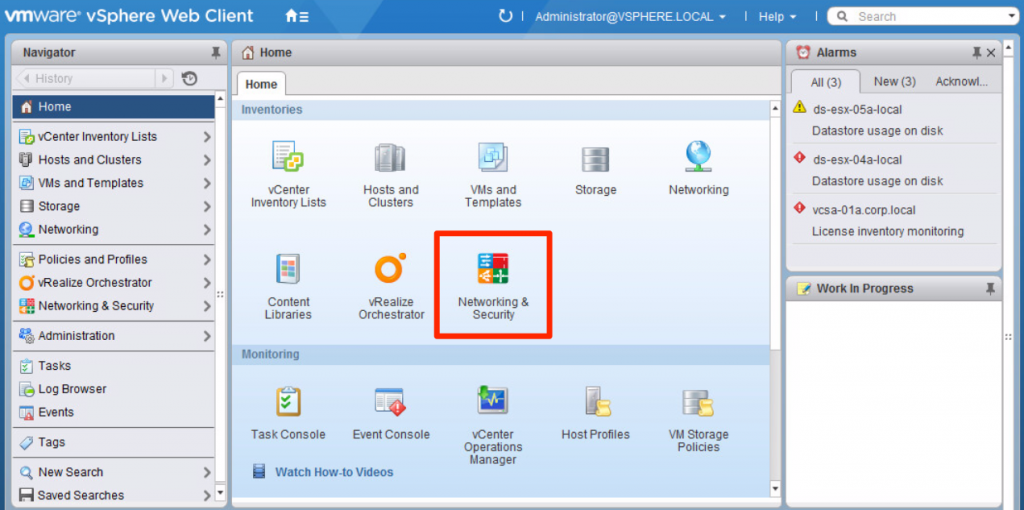NSX 6.2.3 was released a few weeks ago and brought a bunch of new stuff and fixes. I came across an undocumented change not mentioned in the release notes, which caused me some head ache, this post describes that change.
The NSX Edge Services Gateway can provide you with a SSL-VPN solution, making it possible for road-warriors to connect to the secured virtual network or make it possible for developers to connect to duplicate development environments. The SSL-VPN client is a lightweight and easy to use VPN client and you can set all kinds of policies as the VPN … Read more

